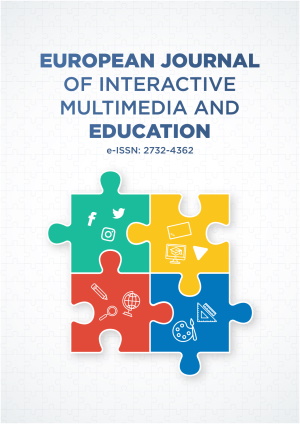Abstract
The outbreak of COVID-19 pandemic forced many academic institutions to shift from face-to-face classroom to online classes. This study investigates the adoption and perception of online learning under the COVID-19 outbreak among undergraduates of library and information science (LIS). Using descriptive survey approach, total enumeration technique was used to enlist all undergraduates (457 students) of LIS as participants. A structured questionnaire tagged “perception of adoption of online learning among LIS students” was administered to participants using online Telegram polls within a period of two weeks in February 2021. The findings revealed that 98.5% of respondents used their mobile phones for online classes, the most used learning platforms being telegram (79.05%) and zoom (33.0%). Those that rated their learning achievement ‘good’ comprised 75.5%, and 72.9% were satisfied to varying degrees with online classes, but just 19.0% of respondents expressed preference for only online lectures, while majority (44.4%) preferred hybrid mix of traditional classroom and online learning. The students considered learning from any location any time and time management as the major advantages of online learning, while inadequate infrastructure/lack of suitable devices, unstable internet connection and extra financial burden for internet data were the major identified disadvantages. The paper concludes by recommending key steps to be taken by university authorities, governments and other relevant stakeholders to make online teaching more familiar and acceptable to the students.
License
This is an open access article distributed under the Creative Commons Attribution License which permits unrestricted use, distribution, and reproduction in any medium, provided the original work is properly cited.
Article Type: Research Article
EUR J INTERACT MULTIMED ED, Volume 3, Issue 2, July 2022, Article No: e02210
https://doi.org/10.30935/ejimed/12271
Publication date: 26 Jul 2022
Article Views: 2898
Article Downloads: 1782
Open Access References How to cite this article
 Full Text (PDF)
Full Text (PDF)